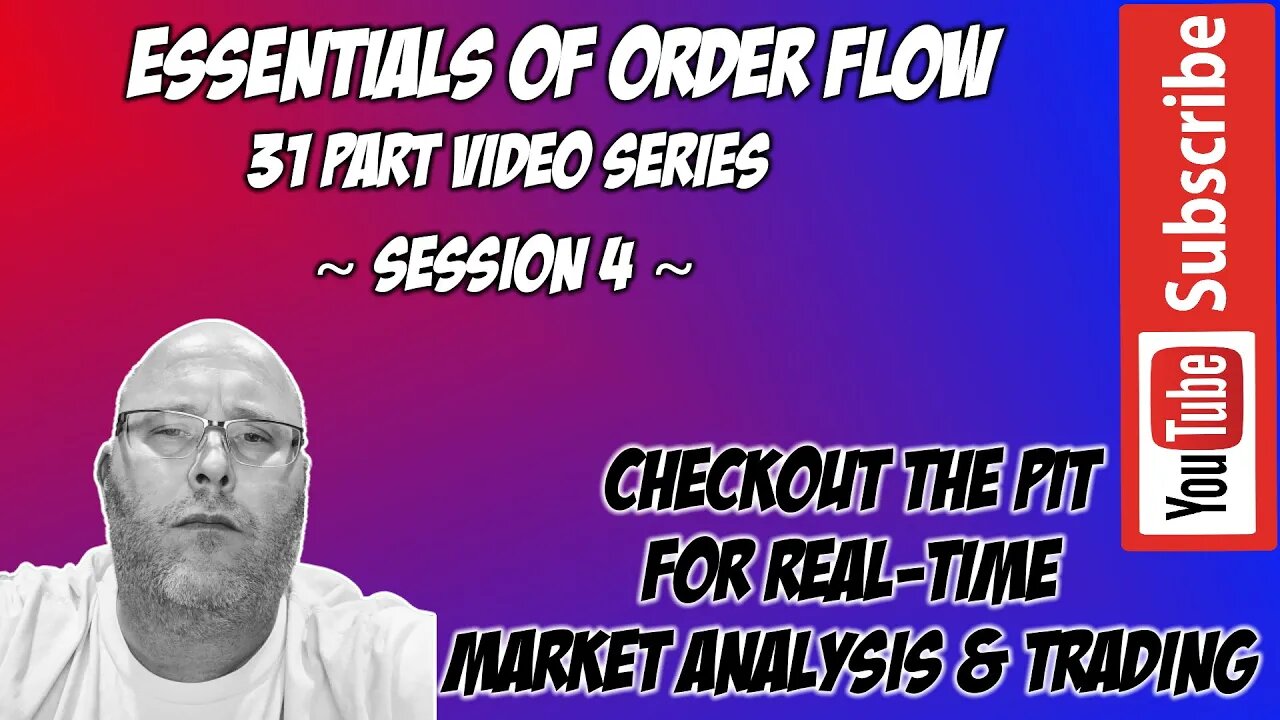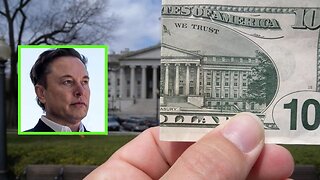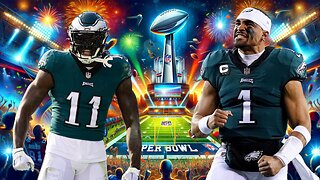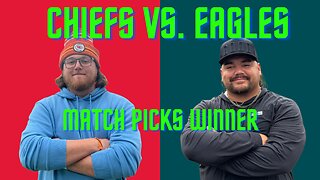Premium Only Content

The Footprint - Dynamic Areas of Interest and Order Flow - Session V - The Pit Futures Trading
#orderflowtrading #daytradingfutures #futurestrading
To this point we have carried over LVNs from the VbP charts, areas from the previous trading day’s OHLC and have been market out. The current evening session open is marked.
I now plot a VbP histogram for the current session on the 60Min Footprint chart. This is aligned to the right side. It is based on the current session and its being updated with every trade. Next, I will plot the Bollinger Band indicator on the Footprint. This is plotted based on a 20 period look back with the 2nd and 3rd Standard Deviation outer bands.
Points to be aware of:
I. LVNs, previous OHLC and Evening Open are static reference points. We will lean on these for the first decision points to execution.
II. Price, Bollinger Bands, and Session VbP are dynamic.
We discussed VbP at length previously and the same analysis applies to the VbP on the current 60Min Footprint chart. The focus needs to shift to Bollinger Bands. The Bollinger Bands plot out bands based on volatility of price action. Upper and Lower bands are 2 and 3 standard deviations from the average. The reference basically tells us that 95% of trading activity has occurred below the 2nd standard deviation and 97.5% beneath the 3rd standard deviation. The width of the bands will widen or narrow based on the volatility of price. The bands are a dynamic study.
To this point we have identified static areas and dynamic indicators. Our trade criteria should unfold along the lines of waiting for price to reach one of our static areas and being over extended based on Bollinger Band extremes.
-
 LIVE
LIVE
Vigilant News Network
13 hours agoElon Musk EXPOSES One of the Largest Financial Scandals in History | The Daily Dose
1,411 watching -
 1:03:11
1:03:11
Miss Understood With Rachel Uchitel
4 days agoDefending the Indefensible: The Man Behind the Most Controversial Cases – Attorney Norm Pattis
421 -
![DEM CONGRESSMAN’s STAFFER IMPERSONATED FBI & STEPS FROM TRUMP WITH GUN ON JAN 6 [EP 4436-8AM]](https://1a-1791.com/video/fwe2/a0/s8/1/g/e/P/J/gePJx.0kob-small-DEM-CONGRESSMANs-STAFFER-IM.jpg) LIVE
LIVE
The Pete Santilli Show
15 hours agoDEM CONGRESSMAN’s STAFFER IMPERSONATED FBI & STEPS FROM TRUMP WITH GUN ON JAN 6 [EP 4436-8AM]
2,033 watching -
 1:26:46
1:26:46
Game On!
13 hours ago $1.76 earnedTop 5 reasons NFL experts believe the Eagles will win Super Bowl 60!
19.1K -
 14:45
14:45
EvenOut
17 hours ago $3.62 earnedEndless Checkout At a Grocery Store!
36.6K4 -
 4:36
4:36
Misha Petrov
15 hours ago“Bikinis and Burgers” Return! Carl’s Jr. Super Bowl Ad – A Win or Just More Hypersexualization?
37.8K30 -
 9:10
9:10
MichaelBisping
1 day agoBISPING: 'SHUT UP ABOUT CANELO!' | Jake Paul vs Canelo Alvarez?!
29.1K2 -
 37:17
37:17
inspirePlay
23 hours ago $1.54 earned🏆 The Super Bowl is Over… But Who REALLY Called It? 🏌️♂️🔥
19.3K4 -
 19:42
19:42
Degenerate Jay
23 hours ago $0.55 earnedThe Flash Video Game Cancelled... Again
10.1K3 -
 7:25
7:25
State of the Second Podcast
23 hours agoWho Won’t Make it Through the Trump Slump?
38.4K7